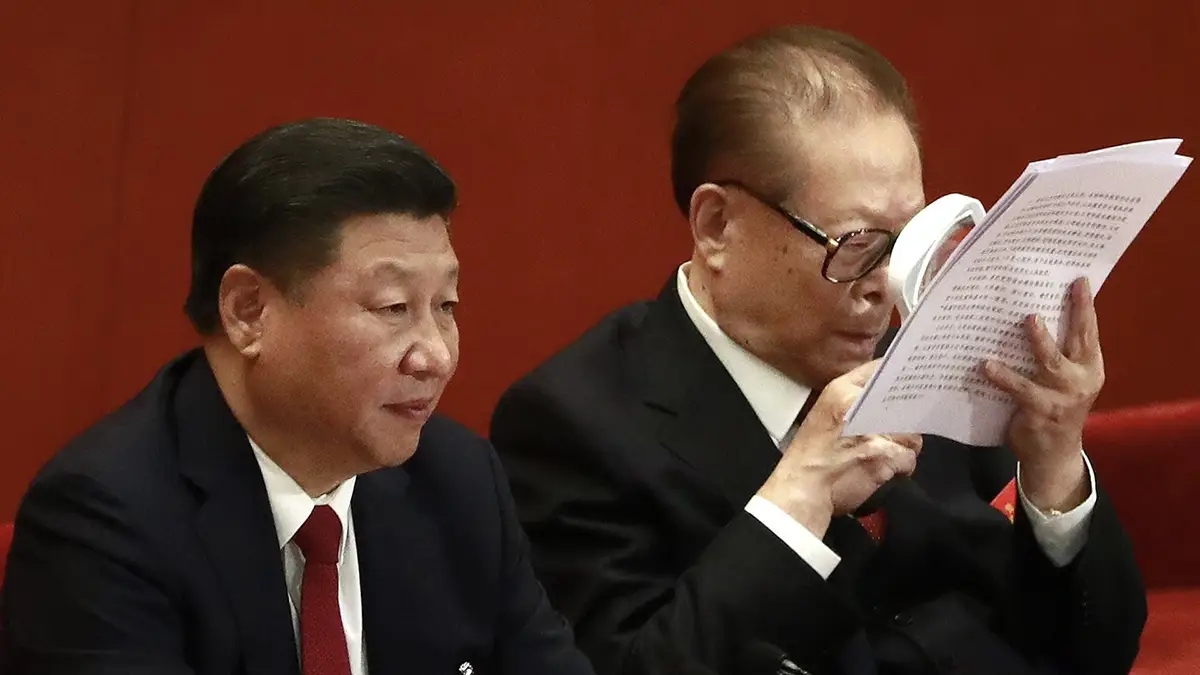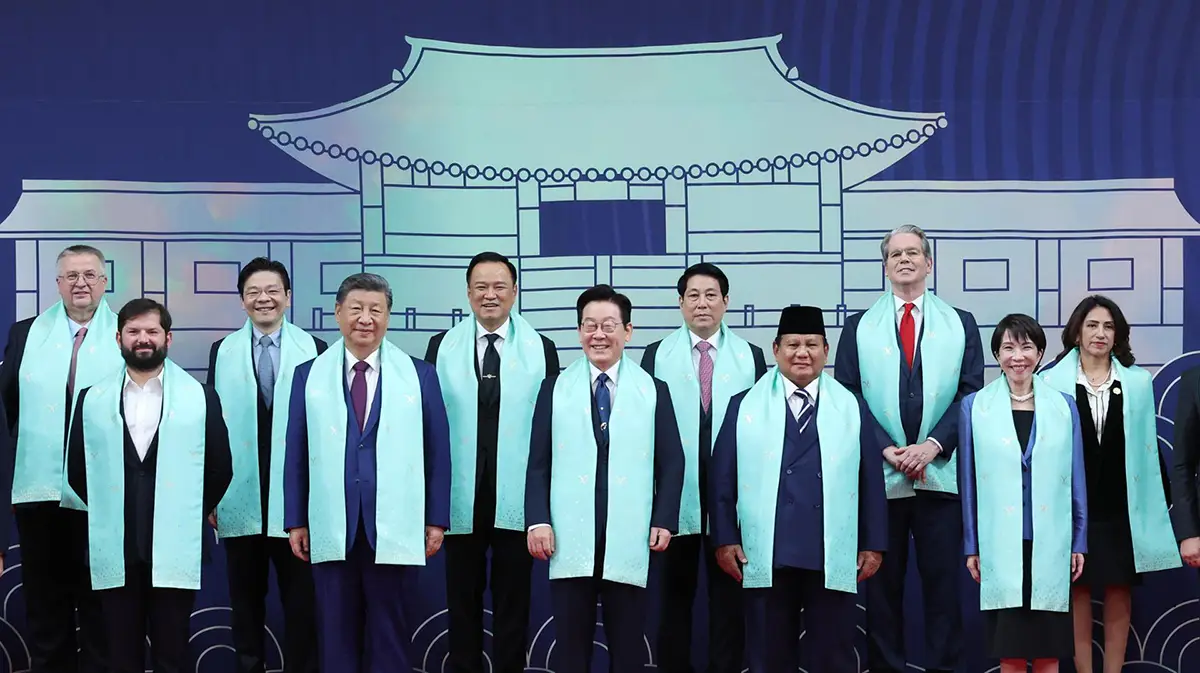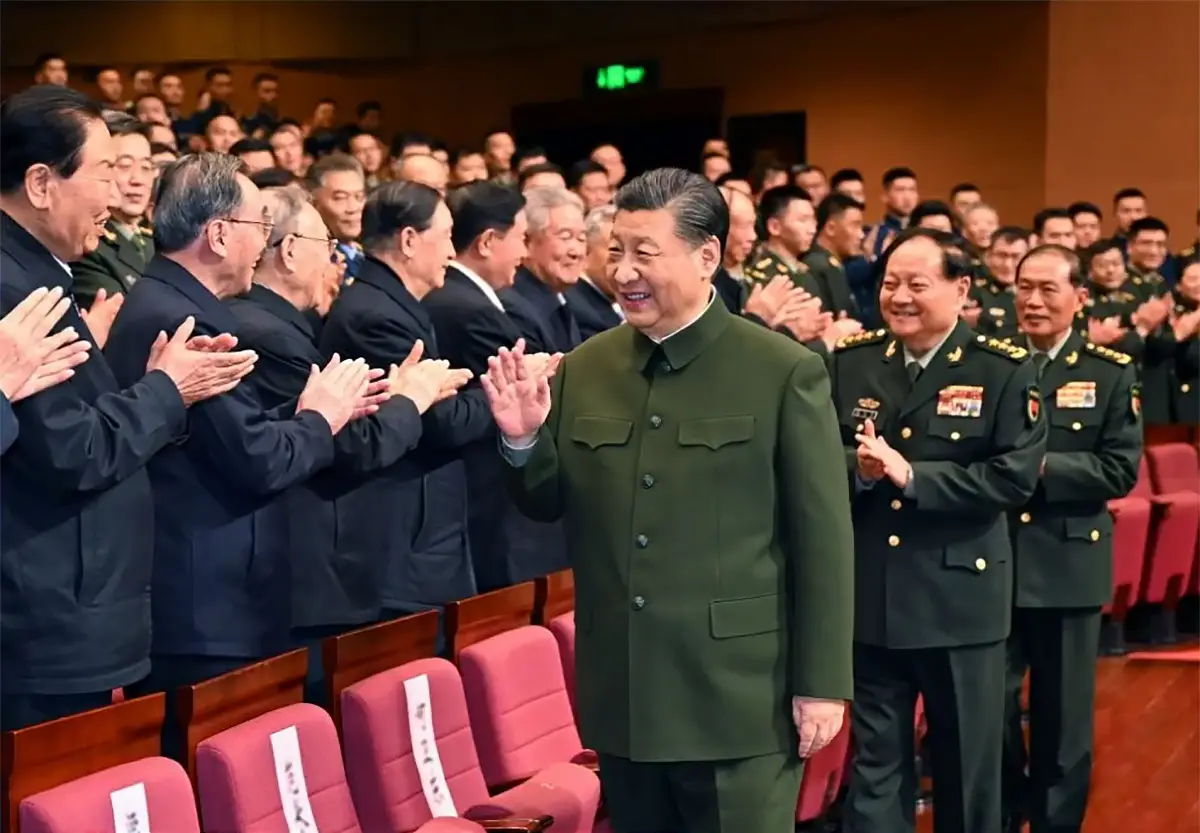February 21 marked the 50th anniversary of the day the Gates Commission presented its report on the military draft to President Nixon, concluding, “We unanimously believe that the nation’s interests will be better served by an all-volunteer force.” Two generations later, that transformative moment seems deceptively mundane. It is easy to forget the level of opposition to ending conscription and the struggle in the ensuing years to make the all-volunteer force succeed.
Former Secretary of Defense Thomas Gates was among those opponents, until persuaded by analysis from the commission’s research staff, drawn largely from federally funded research and development centers like RAND and CNA. The New York Times expressed establishment skepticism, calling the all-volunteer Army “a real problem” that imposed “excruciating costs.” And resistance was widespread in the Pentagon.
Personally, we feel some empathy for the skeptics. We believe that all Americans share in the responsibility for national defense and that young people benefit by serving their country. But personal feelings must yield to objective analysis. Between the two of us, we have spent more than 80 years observing the all-volunteer force, one as a draftee who rose to the highest enlisted rank in the Marine Corps, one as a civilian analyst who has accompanied the Marines into battle. Both experience and data tell us the all-volunteer force has resulted in the most experienced, best-educated, most qualified troops this country — and perhaps the world — has ever seen.
Many of these improvements would be staggering even to draft protesters a half-century ago. Discipline is dramatically better. Nonjudicial punishments and courts-martial have fallen from 184 per 1,000 troops in the last year of the draft to just 33 per 1,000. Enlistees are better educated — 97 percent hold a high school diploma, compared to just 71 percent in the last decade of the draft. University-level coursework, once rare among enlisted forces, has become a routine part of their advancement.
Costly investments in education would be wasted if the beneficiaries left the force, but today’s recruits are much more likely to make a career in the military. The year before the draft ended, fewer than 16 percent of sailors reenlisted when they reached the end of their first term. Today, the Navy targets a 70 to 80 percent first-term reenlistment rate. Maintaining a more experienced force requires higher pay, but it’s fiscally responsible too — reducing the cost of finding and training recruits. In constant dollars, total personnel costs for the better-paid, more experienced, smaller force today is actually lower than in any of the draft years.
The all-volunteer force has proven its value in war. One of us witnessed Desert Storm up close and recalls discreetly advising a micromanaging officer that the bright, experienced troops in his charge actually needed a lot less direction. As seen in the results of that war, they knew what they were doing. In Iraq and Afghanistan, an exceptional share of the operational burden has fallen on some of the oldest, most experienced of the career enlisted forces — in special operations.
Perhaps the most surprising benefit of the all-volunteer force has been the opportunities it opened up for women. The Gates report hardly mentions them at all. But soon after Congress voted to end the draft, an analyst advised the Defense Department that every woman who enlisted would save the services $10,000 — the extra cost of attracting another man. The women who make up 16 percent of U.S. forces today have literally made it possible to staff the all-volunteer force without reducing standards — and with unforeseen benefits. One recent CNA study for the Department of the Navy found that compared to women, male sailors have higher rates of misbehavior, generating more than 3,000 extra misbehavior incidents annually, costing at least $250 million.
It would be naïve to conclude that successes in the past five decades were some automatic result of ending the draft. In fact, the first years of the all-volunteer force were difficult ones. Years passed before Washington found the political will to spend what was required to attract and retain enlistees. CNA and other research organizations that assisted the Gates Commission produced shelves full of studies used to efficiently target military personnel resources. For example, analyses showed that recruits with high school diplomas are much less likely to leave early — a fundamental reason why diploma-holders are the norm in today’s forces.
Nor can the future success of the all-volunteer force be taken for granted. Low civilian unemployment can make it more difficult to find high-quality recruits. Only with renewed investment and scientific analysis will an increasingly technological military be able to maintain the forces it requires. Now that we can confidently say the Gates Commission was correct, Washington needs to nurture the volunteer force that has ably served the country for nearly half a century.
Katherine McGrady is the CEO of CNA.
Gary Lee was the 13th Sergeant Major of the Marine Corps and is currently a researcher at CNA.


